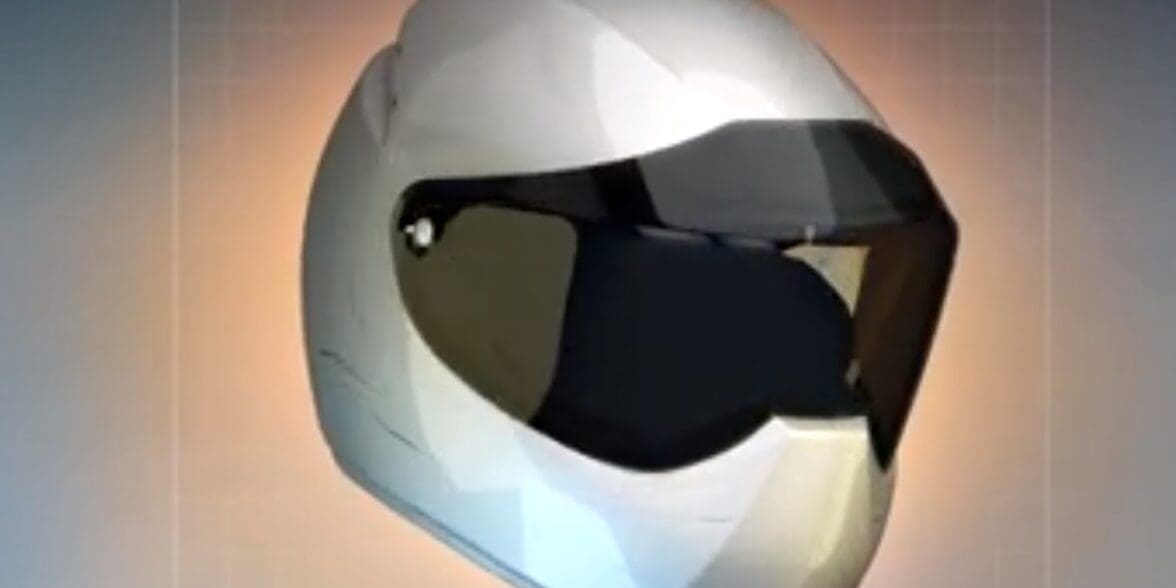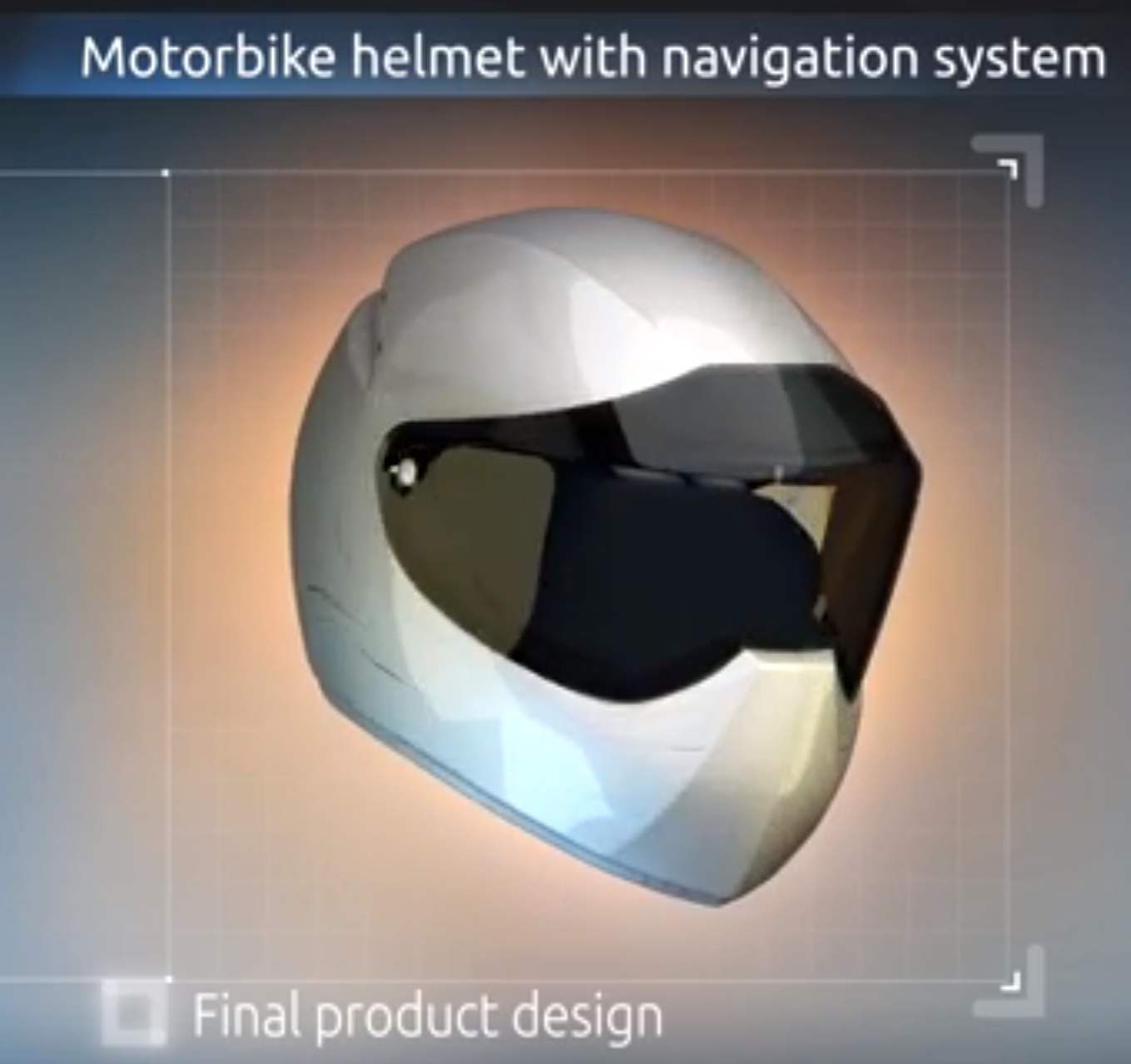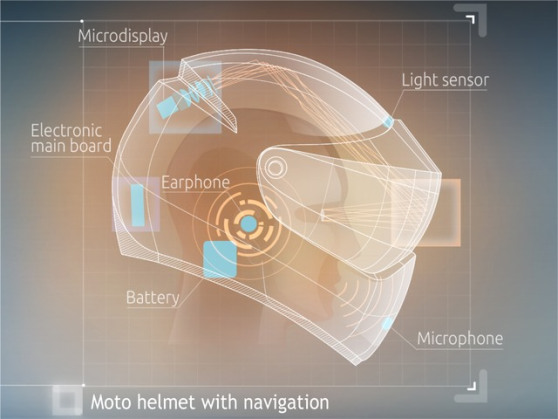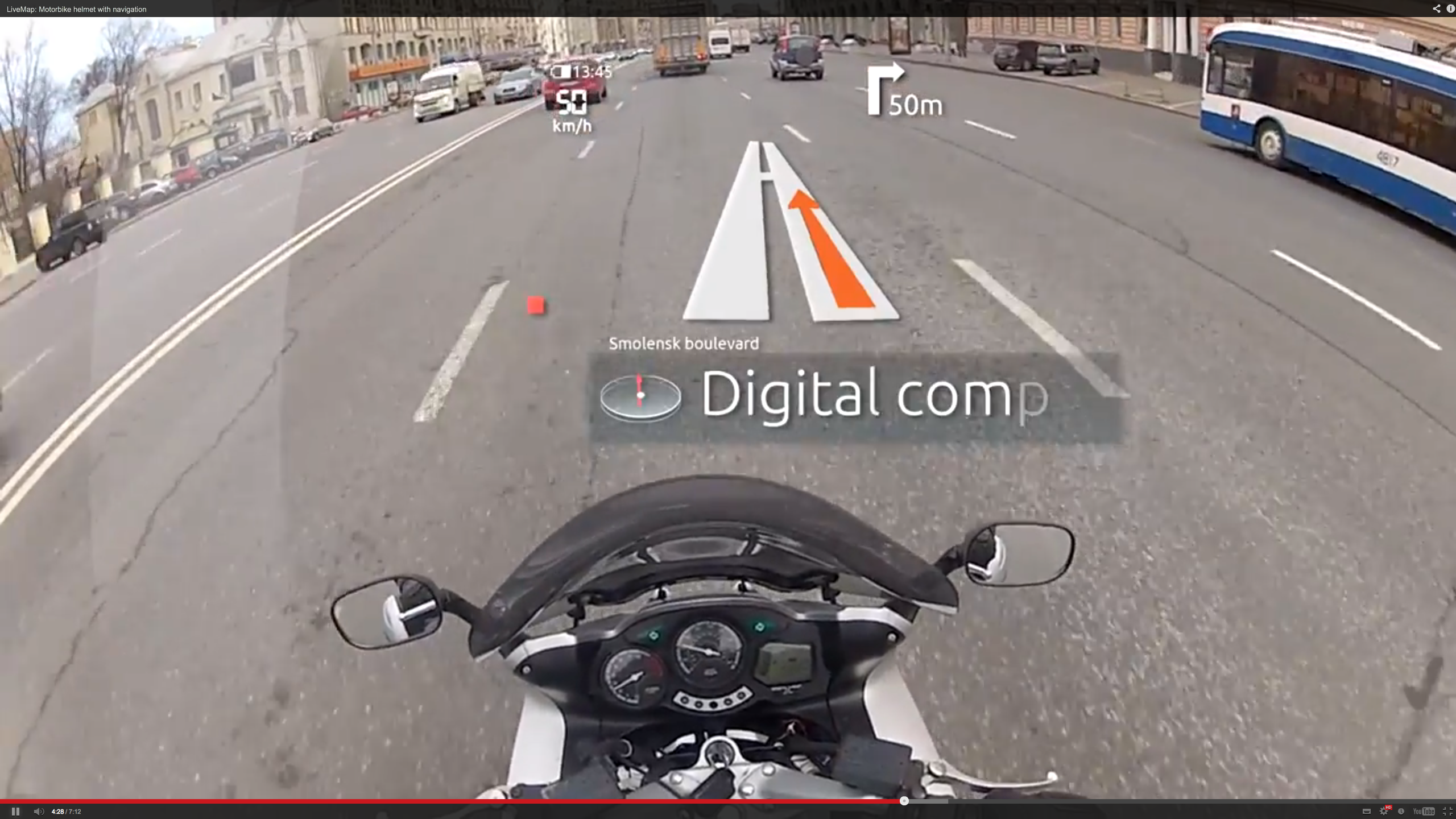Riders could soon look like Iron Man with a HUD (heads-up display) helmet that screens vital information such as speed on the visor and negates the need for dangerous “speedo gazing“.
The technology was originally developed for fighter aircraft pilot helmets and has become commercially available in recent years in luxury BMW cars which display information on the windscreen in front of the driver. Several helmet companies are bringing the technology to the market, including Skully. Read the stories below for more information on these other products.
Now, Russian IT company LiveMap has produced a system for motorcycle helmets which will be unveiled in the US in May, and go on sale in August, costing $2000 each.
While the first batch will be expensive, prices are expected to come down over time like many other hi-tech products. Remember how much a flat-screen TV used to cost?
The first helmets will be available in the US and Canada with other English-speaking nations to follow because English is the most popular language for voice recognition technology.
There is no word on when or whether it will be available in Australia.
The LiveMap helmet includes a built-in navigation system that accepts voice commands so you can navigate without ever having to touch a satnav screen or look away from the road in front.
An optical projector screens translucent colour pictures on to the visor. Information displayed will include street names, navigation turn signals, speed, direction and all those other vital bits of information satnav can display.
The helmet is fitted with a microphone for voice control, a set of earphones, a light sensor for adjusting image brightness, batteries, a G-sensor, gyroscope, and digital compass for head movement tracking.
To accommodate all this technology, the helmet is slightly bigger and weighs more.
LiveMap CEO Andrew Artishchev says the project began about five years ago and needed final funding to get the helmet into production.
Now some of you may be shaking your heads, saying a helmet that displays images on the visor will be distracting and dangerous.
However, I’ve used the technology in BMW’s luxury cars and it is not distracting, at all. in fact, it makes driving safer because you don’t have to look away from the road to see vital information.
It will also be great for riders who want to keep a constant eye on their speed, instead of “speedo gazing”.





